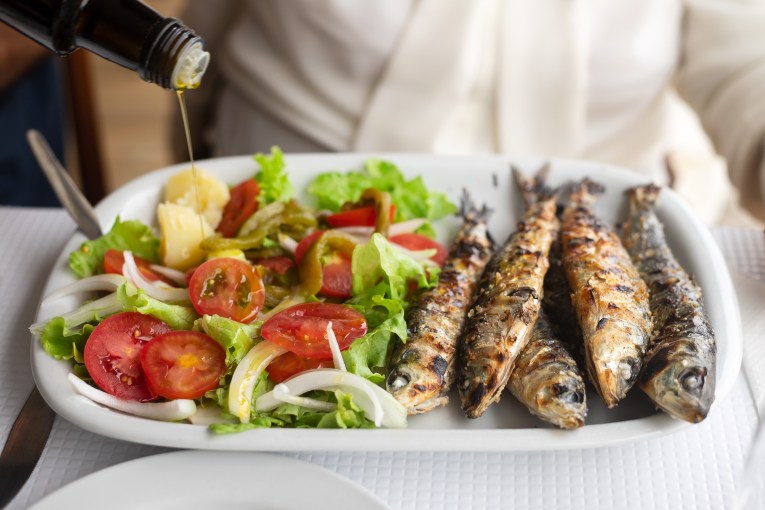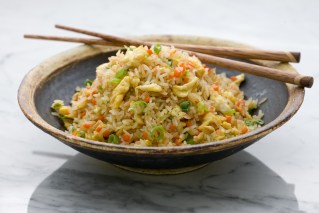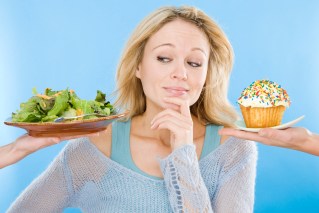Food additives: The good, the bad and the misunderstood


Food additives have gained popularity – and with that comes a lot of rumours. Photo: Getty
Flip over a packaged food items and draw your eyes to the ingredients list.
There’s likely to be a bunch of bracketed numbers that don’t mean a whole lot to the average user.
They’re actually the identifier for a range of food additives like colours, preservers, sweeteners and more. And they’re very confusing.
There are 300-plus approved additives in Australia.
They’re all stringently tested before they’re allowed in foods fit for human consumption.
With the growing anti-sugar sentiment, one of the big additives is aspartame, a sugar substitute that you’ll find in just about anything that’s sweet.
Although it’s one of the most common additives, it’s also one of the most controversial.
At the lower end of controversy, it’s rumoured to cause headaches. At the extreme end, it’s blamed as the root of some cancers.
So is it as bad as people say it is?
Flat-out no, according to food scientist Emma Beckett.
The only time it can have an adverse effect is on people with an extremely specific genetic condition, said Dr Beckett of the University of Newcastle.
- Related story: Ultra-processed foods are ultra bad for us
She told The New Daily any evidence of symptoms like dizziness, speech problems or even seizures due to aspartame consumption comes from models based on much, much higher doses than can be taken as an additive.

Food and nutrition scientist Dr Emma Beckett.
She explained the testing the European Safety Authority undertook in 2013: “(The authority) reviewed all the available studies and found that 40mg/kg of bodyweight was perfectly safe (so that’s about three grams for someone who weighs 75 kilograms), and this is much less than anyone consumes in a day.
“The biggest source of aspartame in the diet is diet soft drink, and you would need to drink more than 15 cans of diet soft drink per day to get this dose.
“If you are drinking 15 cans or more of diet soda per day, we probably have bigger concerns about your diet than just artificial sweetener.”
To taste the rainbow – or not
Artificial colours have carried a bad rap for a while, especially given weight 10 years ago by a British study that linked the mix of six particular colours with preservative 211 to increased hyperactive behaviour in some children.
It’s not a new association – way back to the 1960s red cordial was often blamed for hyperactivity in kids. (It has never been explicitly proven.)
The negative hype around food colourings grew in 2011, when Aldi Australia announced it would stop selling all products containing artificial colours.
(Interestingly, a report released last year named Aldi as the supermarket with the most unhealthy own-brand products.)
So are added colours really that bad?
In Europe, it’s now a requirement that foods containing the six colours to bear a warning label.
In Australia, the body that monitors food regulation (Food Standards Australia New Zealand) hasn’t imposed such measures, but does acknowledge some people might experience adverse reactions to some additives.
- Related story: How to tell if the food you’re eating is really healthy
Consumer site Choice examined a range of common food additives, including colouring.
Its panel of experts determined because most colours are found in what’s referred to as ‘discretionary foods’ (cakes, sweets and the like) we wouldn’t be (or shouldn’t be) eating enough of them to make an impact on our health.
Regardless, the site wants to see food standards follow the UK’s suit in encouraging manufacturers to find alternatives to these reportedly troublesome six colours.
Those colours by the way are: Tartrazine (102), Quinoline yellow (104), Sunset yellow FCF (110), Carmoisine (122), Ponceau 4R (124) and Allura red AC (129).
Overall, Dr Beckett said additives exist to improve foods by extending shelf life to reduce waste or improve taste or health properties.
They’re highly regulated and highly studied.
“The levels at which they can be added to food is controlled,” Dr Beckett told The New Daily.
“Studies showing harm are all done in high doses, much higher than we could possibly consume in food – it is important to remember that the dose makes the poison and even broccoli could kill you if you ate too much.”
As always, if you’re experiencing what you think is a negative reaction to certain foods, consult a health professional.








